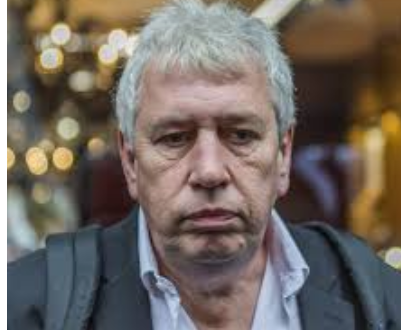this:
Local authorities have used ethnic categories not only as a means of collecting data but also as a way of distributing political power – by promoting certain ‘community leaders’ – and of disbursing public funds through ethnically-based projects. Once the allocation of power, resources and opportunities becomes linked to membership of particular groups, then people inevitably begin to identify themselves in terms of those ethnicities, and only those ethnicities.
Take Bradford. The majority of Muslims in the city come from the Mirpur area of Pakistan. But few identified themselves as Muslims – until the local council began rolling out its multicultural policies in the 1980s. Declaring that every community had ‘an equal right to maintain its own identity, culture, language, religion and customs’, the local authority looked to the mosques to act the voice of the Muslim community and funded social projects along faith and ethnic lines. The council itself helped create a Muslim identity that had barely existed before. In 1990, the city’s Mirpuri community boasted 18 mosques. Fourteen of them had been built in the previous decade, in the wake of the council’s multicultural policy. A community that had worn its faith lightly now became defined almost entirely by that faith.
National government has pursued a similar policy. Rather than appealing to Muslims as British citizens, with a variety of views and beliefs, politicians of all hues prefer to see them as people whose primarily loyalty is to their faith and who can be engaged only by other Muslims. Should we be surprised then if, as a consequence, many Muslims come to see themselves as semi-detached Britons? This week the government published CONTEST 2, its new anti-extremism strategy. But it still has not understood the extent which its own multicultural policies have helped fan the flames of Islamic radicalism.
A policy of ethnic monitoring could have even more disastrous consequences across the Channel. In 2005 violent riots swept through French banlieus as predominantly North African youth, subject to years of discrimination and hasrassment, vent their frustration and anger on police and property. Both radical Islamists, and commentators hostile to Islam, tried to portray the rioters as ‘Muslim’. In fact religion played almost no role in the violence; the riots were more akin to the disturbances that set British inner cities ablaze in the early 1980s. But had the French authorities already introduced ethnic monitoring, North Africans would probably have been labelled as ‘Muslims’ and the riots seen as a confrontation between Islam and the French state. That, I suspect, would have done little to improve race relations or dampen Islamic radicalism in France.
And I agree with him.
I looked around pretty hard for evidence that there was a French ‘intifada’. Certainly, there were a few instances of ‘community leaders’ strutting around, usually offering their services as ‘peacemakers’. This article by Robert Spencer on Frontpage cites anecdotes involving crys of ‘Allah Akhbar’, and molotov cocktails being thrown at synagogues. Depressing, but amid the bonfire of hundreds and hundreds of cars, a bit of a side show. All in all, there was precious little evidence that the rioters were principally expressing their religious identity.
Perhaps Keenan is on to something. By refusing to treat the riots as sectarian, they did not become so.


